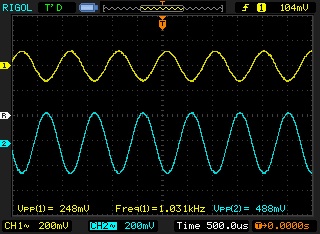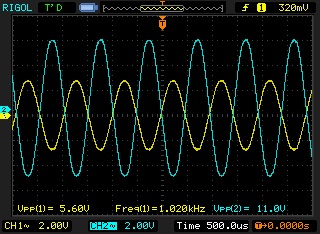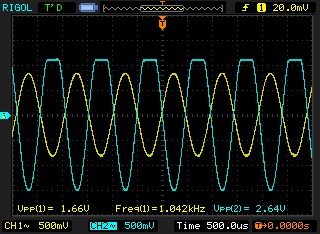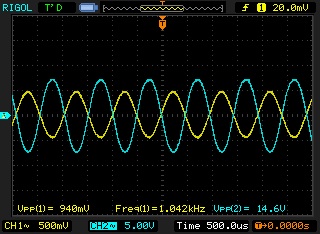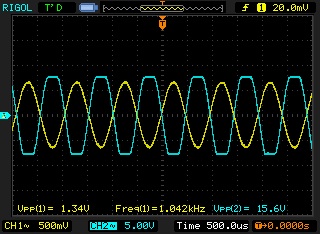OK, I did some more tests.
I did have 40v on the backplate of the capsule after all. There was just something wrong with my DDM.
After double (triple) checking all the components I started comparing my mic to the vintage U87 I borrowed.
This lead me to the transformer. I was pretty sure I hooked it up correct, yellow wires on the cap side, black wires on the XLR side.
Just as on the AMI site.
http://www.tab-funkenwerk.com/id133.html
Nevertheless I decided to reverse it and, bang, there was my 15dB of gain!
It should be black wires on the capsule side and yellow on the XLR side!
(at least with my transformer)
My mic levels perfectly together with the vintage U87 now!
But what's more I compared all the components and it appeared there are some small differences between mine and the vintage U87:
The vintage one does not have the caps (C16 and 17) nor the inductors at the XLR. (as in the U87i?) Why were these there anyway?
C6 has the marking 820 on it. But 820pF seems way too high! Maybe it's 82pF?
R9 is 1k2 instead of 6k8
C5 is 0,015uF instead of 0,01uF
R2 is 330k instead of 150k
R11 is 4k7 and there 6,85v @ FET drain, 1,25v @ FET source
In the circuit I measure 58R between the primaries (capsule side) of the transformer and 1k2 at the secondaries.
With the AMI transformer that's 22R and 435R, which seems quite a difference.
Does anyone have some toughts on these differences? They don't seem to be that important but nevertheless they must have done it for a reason.
They do seem to be original. Not something that was altered later.
Pieter


























![Soldering Iron Kit, 120W LED Digital Advanced Solder Iron Soldering Gun kit, 110V Welding Tools, Smart Temperature Control [356℉-932℉], Extra 5pcs Tips, Auto Sleep, Temp Calibration, Orange](https://m.media-amazon.com/images/I/51sFKu9SdeL._SL500_.jpg)









